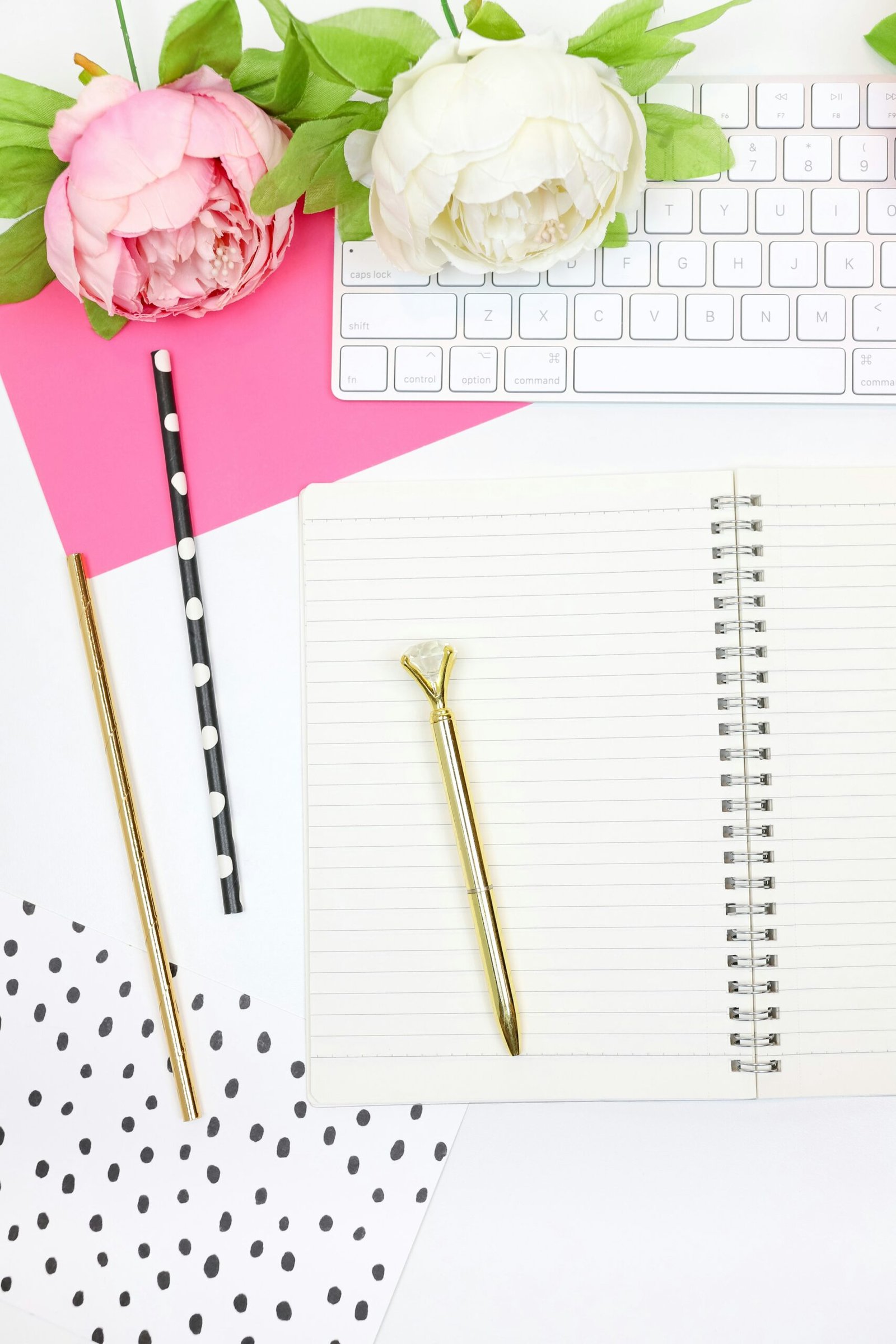Introduction
Protecting your original content is essential when running a blog. One way to assert your ownership and prevent unauthorized use of your work is by including a copyright page on your blog. In this article, we will guide you on how to write an effective copyright page for your blog.
1. Start with a Clear Heading
Begin your copyright page with a clear and concise heading that indicates its purpose. You can use a simple title such as “Copyright” or “Copyright Notice” followed by the year of publication and your blog’s name.
2. Include the Copyright Symbol
Next, include the copyright symbol (©) followed by the year of publication and your name or your blog’s name. For example: “© 2022 Your Blog Name”. This symbol immediately alerts readers that your content is protected by copyright laws.
3. State Your Rights
Clearly state your rights as the copyright holder. You can use a statement such as: “All rights reserved. No part of this blog may be reproduced, distributed, or transmitted in any form or by any means without the prior written permission of the copyright owner.”
4. Specify the Permissible Uses
Specify the permissible uses of your content. For example, you can state that readers are allowed to share your blog posts on social media platforms as long as they provide proper attribution and a link back to your original post.
5. Mention Fair Use
Include a brief explanation of the concept of fair use to educate your readers. Explain that fair use allows limited use of copyrighted material for purposes such as criticism, comment, news reporting, teaching, scholarship, or research.
6. Provide Contact Information
Include your contact information on the copyright page. This can be an email address or a contact form through which readers can request permission to use your content. Providing a way for people to reach out to you demonstrates your willingness to collaborate and can help prevent unauthorized use.
7. Add a Disclaimer
Consider adding a disclaimer to your copyright page to protect yourself from any legal issues. This can be a statement such as: “The information provided on this blog is for general informational purposes only. The author and publisher make no representations or warranties of any kind, express or implied, about the completeness, accuracy, reliability, suitability, or availability of the information contained on this blog.”
8. Regularly Update the Copyright Year
Remember to update the copyright year on your blog annually. This shows that you actively maintain and protect your content. You can automate this process by using dynamic copyright year scripts that automatically update the year.
Conclusion
By including a copyright page on your blog, you can assert your ownership and protect your original content. Follow the steps outlined in this article to create an effective copyright page that clearly communicates your rights as the copyright holder. Remember to regularly update the copyright year to maintain the validity of your copyright notice. Protecting your work is essential for the long-term success of your blog.



